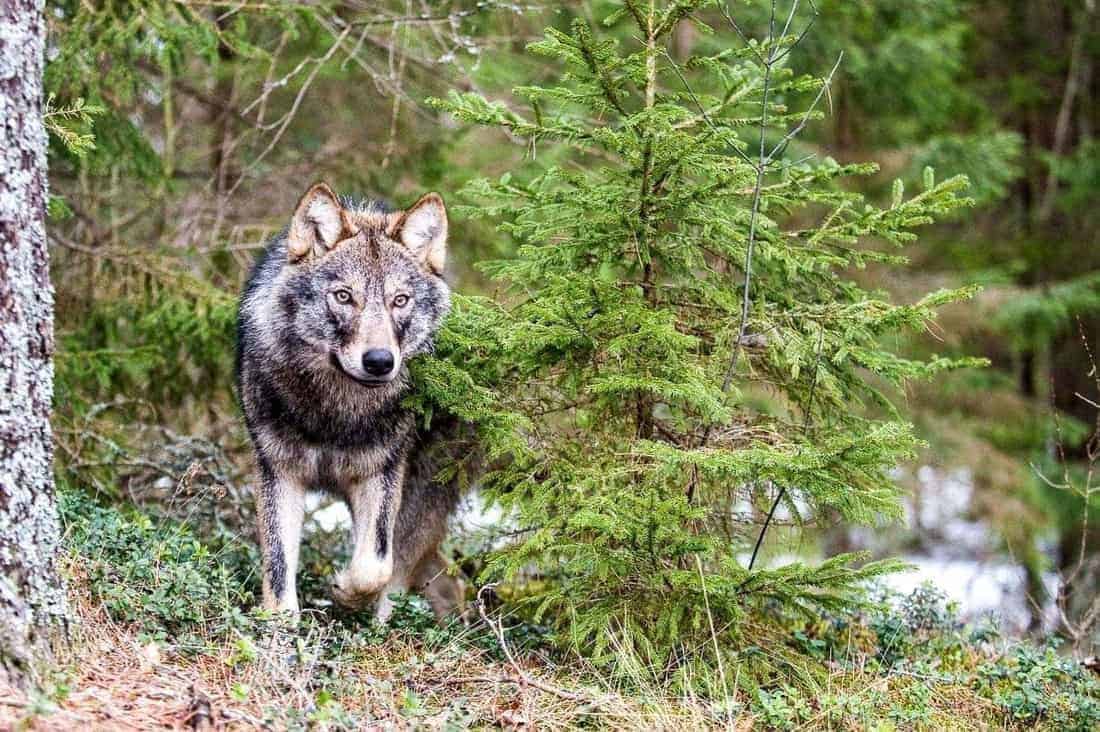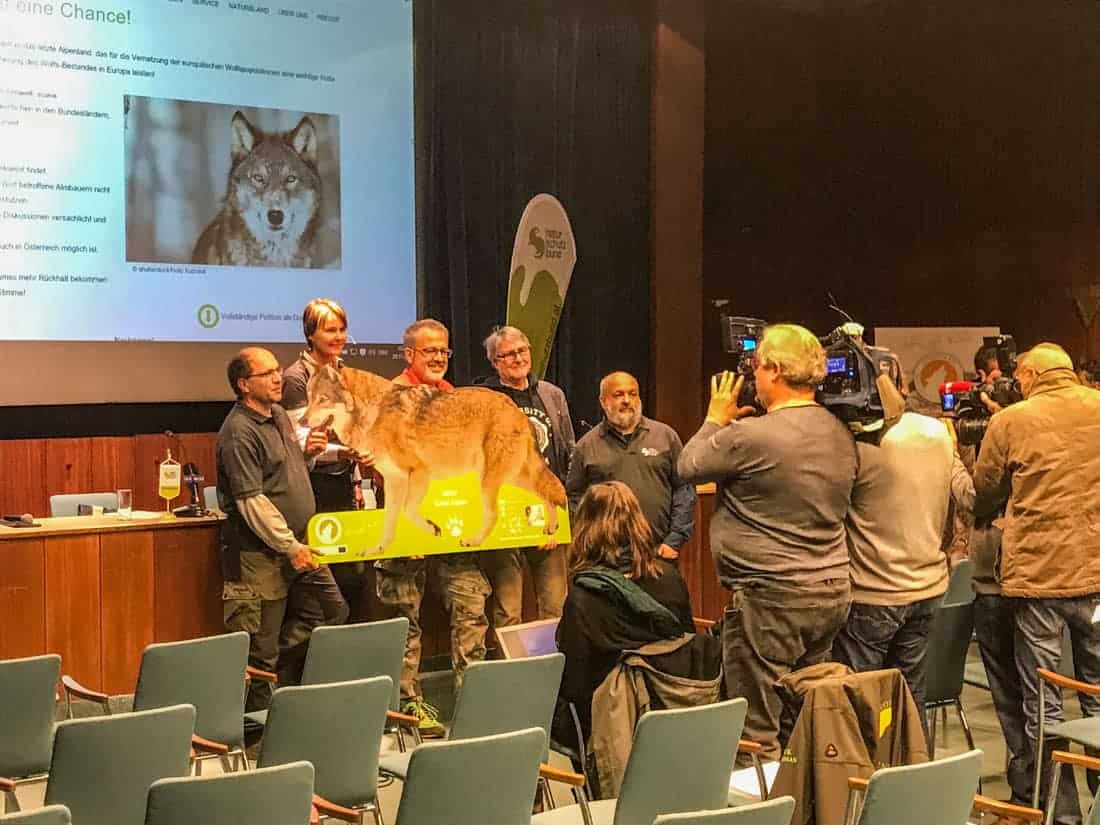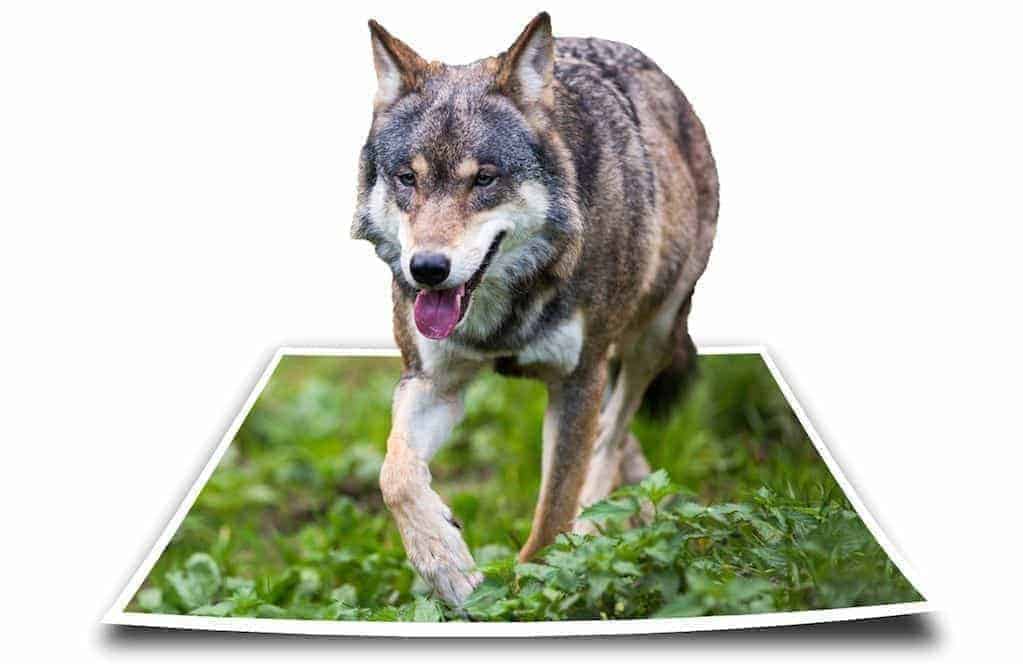Why wolves became domesticated dogs
Ten thousands of years ago, the wolves’ ancestors used to live in the woods and Wilderness across the globe. Some of the ancestors became less afraid and enjoyed hanging around human settlement. A main reason for this could have been the abundance of food, as humans produced garbage. More food, meant better health condition. Better health conditions led to more puppies. The puppies also became less afraid of humans, and this subgroup of ancestry wolves slowly turned into the domesticated dog we know today. This is a hypothesis that studies are now trying to prove, by digging into the process of domestication.
It’s all about genes
Scientists are trying to unravel the mysteries, why some ancestry wolves became less fearful over the course of history. In a wildlife centre in Canada, researchers study young wolves and dogs during their early development. The researchers think that the difference in early development between wolves and dogs could explain why dogs attach more easily to humans than wolves do. Comparing the active and inactive genes in wolf and dog pups could provide an insight to how the process of domestication started. Also here in Austria the Wolf Science Center (WSC) was founded to investigate the common characteristics shared by wolf, dog and man.
Although wolves and dogs share 99.96% of their DNA, the on- and off-set of specific genes during the first weeks and months most likely differs. The first weeks of exploration are important for socialisation. Strikingly, during the time of exploration, the pups are not afraid yet. Wolves pups start exploring when they are 2 weeks old, compared to 4 week old dog pups. The wolf pups are still blind and deaf at that time and therefore depend largely on smell. In contrast, dog pups can see, hear and smell in these important times. The study tries to find out how this influences the animals’ behaviour towards humans. Could it be that the so-called ‘problem wolves’ are also more comfortable around humans because their genes slightly differ from their siblings? Regardless we must keep in mind that Wolves and human conflict situations were caused by wolves bing wounded by hunters or due to a rabies infection.
See more about the research project in the video from the New York Times here.
In any case, the wolf is still a wild animal. It does not need humans to survive and managed to live across the globe before. It is just as much a key player in nature’s ecosystems as deer, fox and eagles. While deer can improve germination of new seedlings, overpopulations can damage forests. Wolves on the other hand, balance the ecosystem as an ecological engineers. For example, in Switzerland the forests’ health conditions improved after the return of the wolf.
Stay up to date on the Wilderness news, subscribe to our Newsletter!









